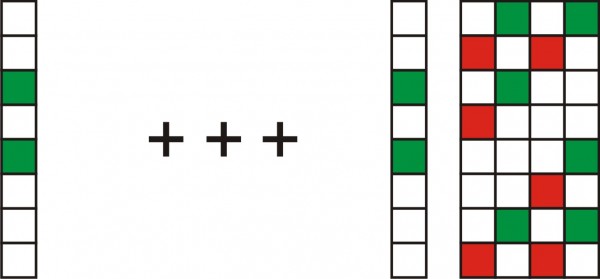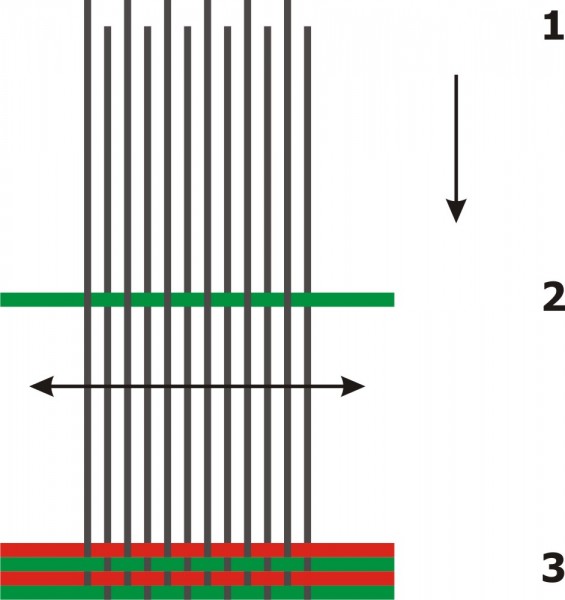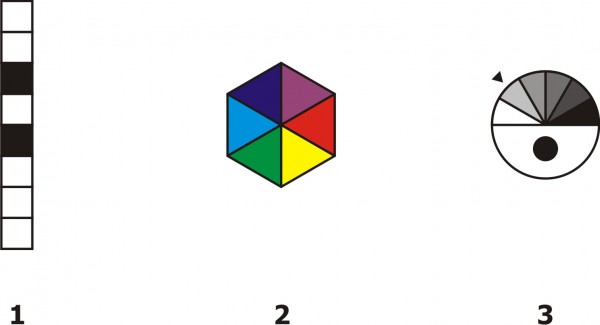The loom is an interface with which is possible to create patterns with a process similar to that of an actual loom.

After analyzing the operation of a traditional loom, as well as that of a jaquarq loom, three important steps were found. First of all the thread’s visibility is set up, [1], i.e. which threads remain on the upper side and which on the lower one. After this, the color [2] is interwoven by the shuttle. And finally the weft is pushed by the beater to fix it [3].

In the design of the electronic loom the normal process of production was kept. The fabric is produced line by line and there are three main steps to generate a line. First it will be chosen which points of the line are going to be on or off [1], mimicking the positioning of the weft’s threads that an actual loom makes. After this, it is possible to choose a color for all the points of the line [2]. In the final step the line will be fixed [3], that is to say, the line will be sent to the facade.

In the abstraction of the process the line is created as the following diagram shows. It basically the result of the combination of points and colors.

Just as in an original Loom the lines are pushed behind each other, creating a pattern. The process of interweaving, is both aesthetic as social, because lines created by different persons are placed together.
